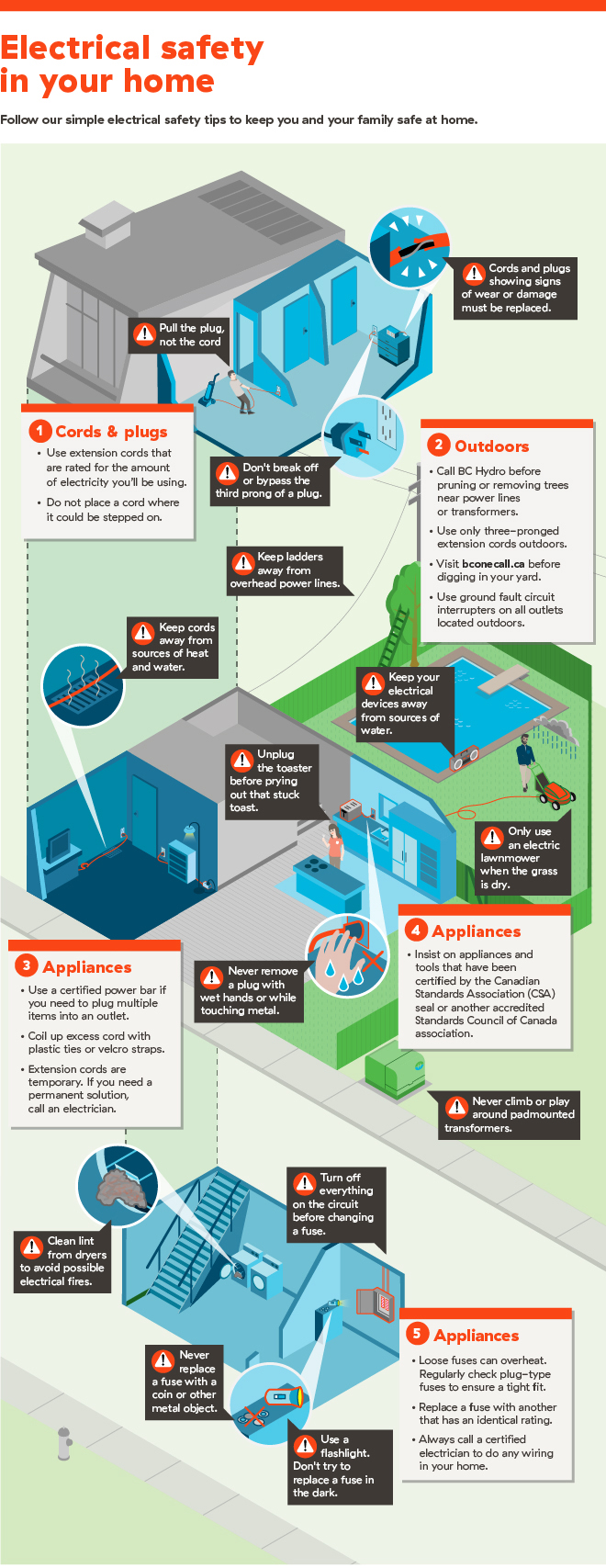Be On The Lookout For Key Indications That Recommend Your Tree Could Posture A Risk; Recognizing These Can Protect Your Home And Family.What Should You Check Following?
Be On The Lookout For Key Indications That Recommend Your Tree Could Posture A Risk; Recognizing These Can Protect Your Home And Family.What Should You Check Following?
Blog Article
Written By-Reid Hubbard
When it comes to tree care, identifying the signs that it's time for removal is necessary for your safety and security and home. https://docs.google.com/document/d/1Oh0fdvP4J8sSzD6XH7GI58bjkcdVEdEfBNgdlRnBqYQ/edit?usp=sharing may see discolored fallen leaves, wilting branches, or strange fungal developments suggesting illness. Architectural concerns, like a significant lean or splits in the trunk, can additionally position risks. Recognizing these warning signs can help you make educated decisions about your trees and avoid possible threats lurking in your lawn. What should you try to find following?
Indications of Decay and Illness
When you discover indicators of decay and illness in your trees, it's important to act rapidly. Search for stained fallen leaves, wilting branches, or unusual developments like fungus. These can show that your tree is battling.
If you see fractures in the bark or soft, mushy wood, these symptoms suggest interior decay. Furthermore, a sudden increase in insects around your tree can indicate that it's compromised and susceptible.
Look for any type of dead or passing away arm or legs, as they present a danger to your property and security. If you're uncertain regarding what you see, speaking with an arborist can give clearness.
Resolving these indications early can save you from more substantial damages and make certain the wellness of your lawn. Don't wait till it's too late.
Structural Instability and Leaning
As you observe your trees, keep an eye out for any type of signs of architectural instability or leaning. If Pruning Avocado Trees leans considerably, it might suggest that the origin system is compromised.
Look for any type of fractures in the trunk or soil around the base; these can indicate potential failure. Additionally, look for unusual growth patterns, like a lopsided crown, which may suggest that the tree is battling to hold itself upright.
If you see that the tree leans toward your home, high-voltage line, or various other structures, it postures a higher danger. Do not overlook these indicators-- speak with an arborist to analyze the circumstance.
Acting early can prevent expensive damages and ensure your security.
Dead or Dying Branches and Vegetation
If you see dead or passing away branches and foliage on your tree, it's a clear indication that something's incorrect.
These unhealthy areas can show underlying issues like disease, bug infestations, or environmental stress. When branches shed their leaves or transform brown, they're no more contributing to the tree's health and wellness. Neglecting these signs can bring about additional decline, making your tree a lot more dangerous.
Dead branches can easily break short throughout tornados, posturing a danger to residential or commercial property and people close by. It's vital to evaluate the extent of the damage.
If the trouble influences a significant part of the tree, take into consideration getting in touch with an expert. They can aid determine if elimination is needed to guarantee safety and keep the beauty of your landscape.
Final thought
If you discover any signs of decay, architectural instability, or dead branches on your trees, don't ignore them. These indications can pose significant security threats to you and your property. It's constantly best to seek advice from a specialist arborist that can supply a professional analysis of your trees. Doing something about it early can prevent accidents and expensive damages, guaranteeing your landscape continues to be secure and healthy. Remember, it's far better to be proactive regarding tree care than to await a disaster to take place.
